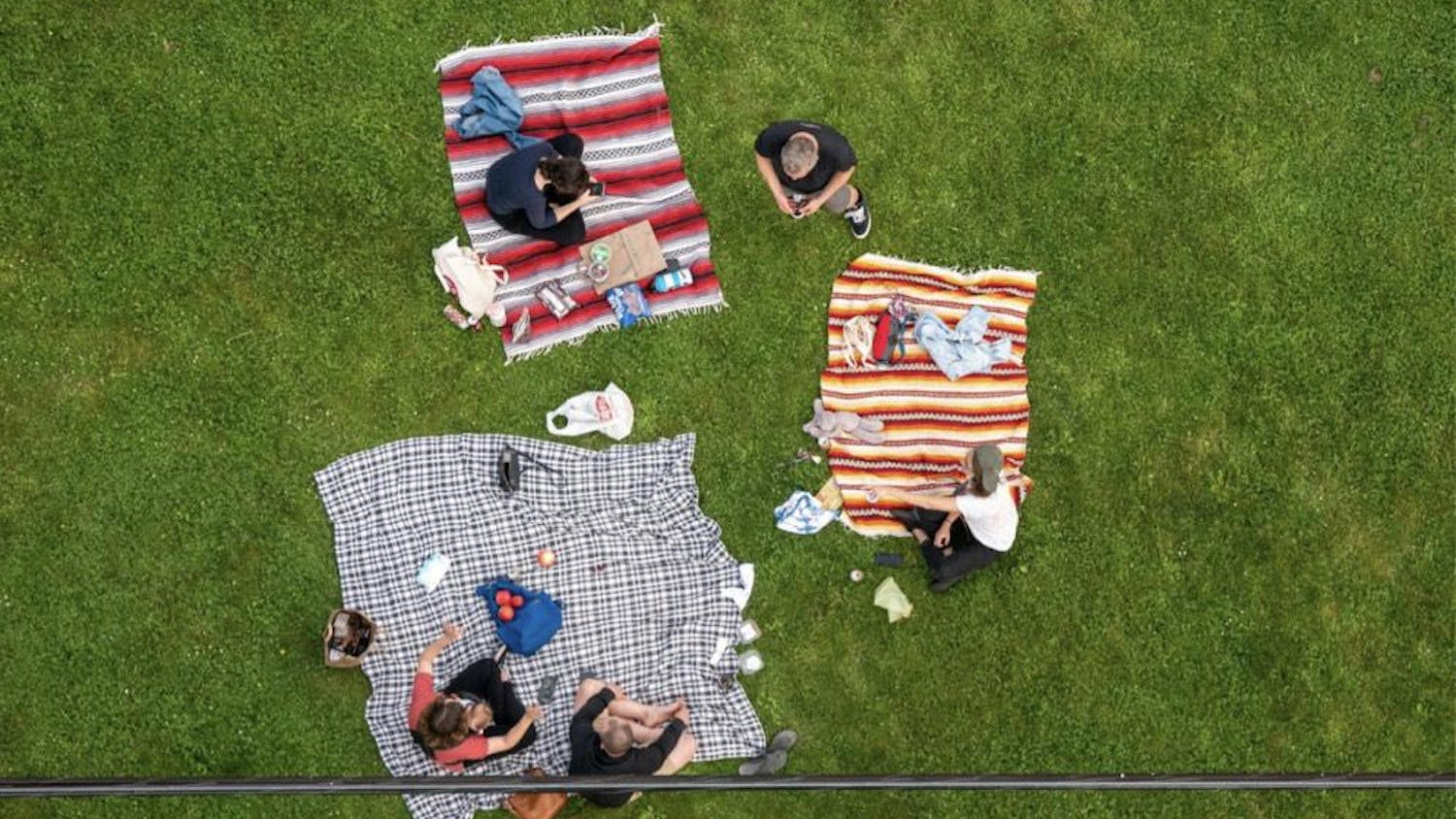During a six-week stint abroad in Rome, I fell in love with the European city. I lived in a two-bedroom apartment on the second floor of a seven-story apartment building in the neighborhood of Garbatella. Every day, I made the 15-minute commute by metro to the Notre Dame Global Gateway, located a few blocks from the Colosseum. For breakfast I would pop my head into a local cafe, Angelo’s Bar. “Un cornetto y un cappuccino, per favore,” possibly the only Italian I learned. For lunch I would either buy some meat and cheese from the grocery store on the block or treat myself to one of the many sandwich shops within a quarter-mile radius. When class was finished and our homework had been completed, my classmates and I would go out exploring the city.
The streets of Rome (and those of most older cities) serve as connectors between dozens of different piazzas, or public pedestrian squares usually surrounded by buildings. Walking through the twisting and turning Roman streets was like hopping from pond to pond, each piazza a little ecosystem of its own. There are massive squares, such as Piazza Navona, filled with great fountains, shops, restaurants, street performers and tourists. There were also intimate squares, such as Campo de’ Fiori, hosting markets by day and offering gathering spaces at night.
It was incredible to sit outside in the Italian summer night amongst friends, by a fountain hundreds of years old, with a beer purchased from one of the many bars that lined the perimeter of the square.
When I got back to the states, I looked to recreate this lifestyle and soon considered it impossible. In my first summer after Rome, I worked in an office park in the suburbs of Cincinnati. I spent an hour and a half every day sitting in car traffic. The closest place to get lunch that wasn’t fast food was a 10-minute drive. And every day I had the choice of eating at my desk or sitting at an outdoor table that was 50 yards away from the highway. When I went out with friends, we had the choice of using a designated driver or paying for a $25 Uber to the bar of our choice.
The next summer I worked in New York City. I had hopes that it would emulate the lively community I experienced in Rome. And New York did resemble Rome more closely. New York had all the amenities I had thought I needed: a commute by reliable public transportation; access to dining, shopping and entertainment within walking distance; and a dense population.
However, New York was still missing something: the piazza, the public square. Some nights in New York I opted out of taking the subway or bus and instead chose to walk to my destination, as I did many times in Rome. But instead of hopping in and out of small communities, each inviting me to join in their fun, I always ended up walking down the same street for an hour, passing CVS after Starbucks after CVS after Starbucks. With no gathering spaces, there was no place for a local community to sit amongst one another and to celebrate who they were. I was in a city filled with over 8 million people, and it felt like a ghost down.
Back at Notre Dame, I learned that I wasn’t the only one that felt this way. I joined Students for New Urbanism (SNU), a subset of the national organization Congress for the New Urbanism (CNU). The goal of SNU is to promote the idea “that the physical environment has direct impact on our chances for healthy prosperous lives and believe that well-designed cities, towns, neighborhoods and public places help create community: healthy places for people and businesses to thrive and prosper.” Some of CNU’s key issues are promoting mixed-use development, transit-oriented development, traditional neighborhood design, integrating design standards into affordable housing and designing complete and beautiful streets. I think the term “New Urbanism” is a misnomer. To me it seems that New Urbanism is actually a return to the urban planning principles of the past, before the invention of the car.
My hope is that the topic of new urbanism will enter discussions outside of the architecture and urban planning worlds. It will take a shared effort led by community members to make new urbanism a reality. A crucial but achievable first step to implementing these types of walkable, locally driven communities are abandoning inappropriate zoning laws. Dated building codes have designated vast amounts of land where it is illegal to build anything other than single family housing. Many of these codes were passed in the age of white flight, when people were hell-bent on getting out of the city, and in coordination with the racist practice of “red-lining.”
Through lectures presented by both professors and students, SNU has given me the opportunity to learn more about what goes into a healthy community, something I think all people should be informed on. After all, neighborhoods are populated by more than just architects and urban planners.
Thankfully, people are starting to take action. Minneapolis just banned single-family zoning. After nearly a century of moving apart, history will show that this was the time Americans started to come back together.
Matthew is the 3-Talley RA in Alumni Hall, from Cincinnati. He majors in Civil Engineering with an itty bitty minor in Theology. Writing this column is the last in his long list of shortly lived passions. He can be reached at gmolinsk@nd.edu and @coltonjorge on Twitter.













